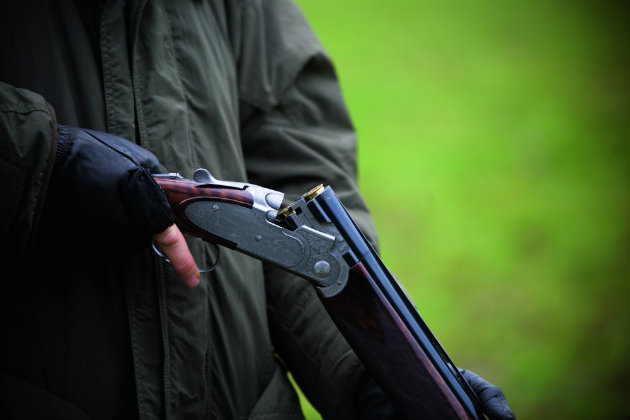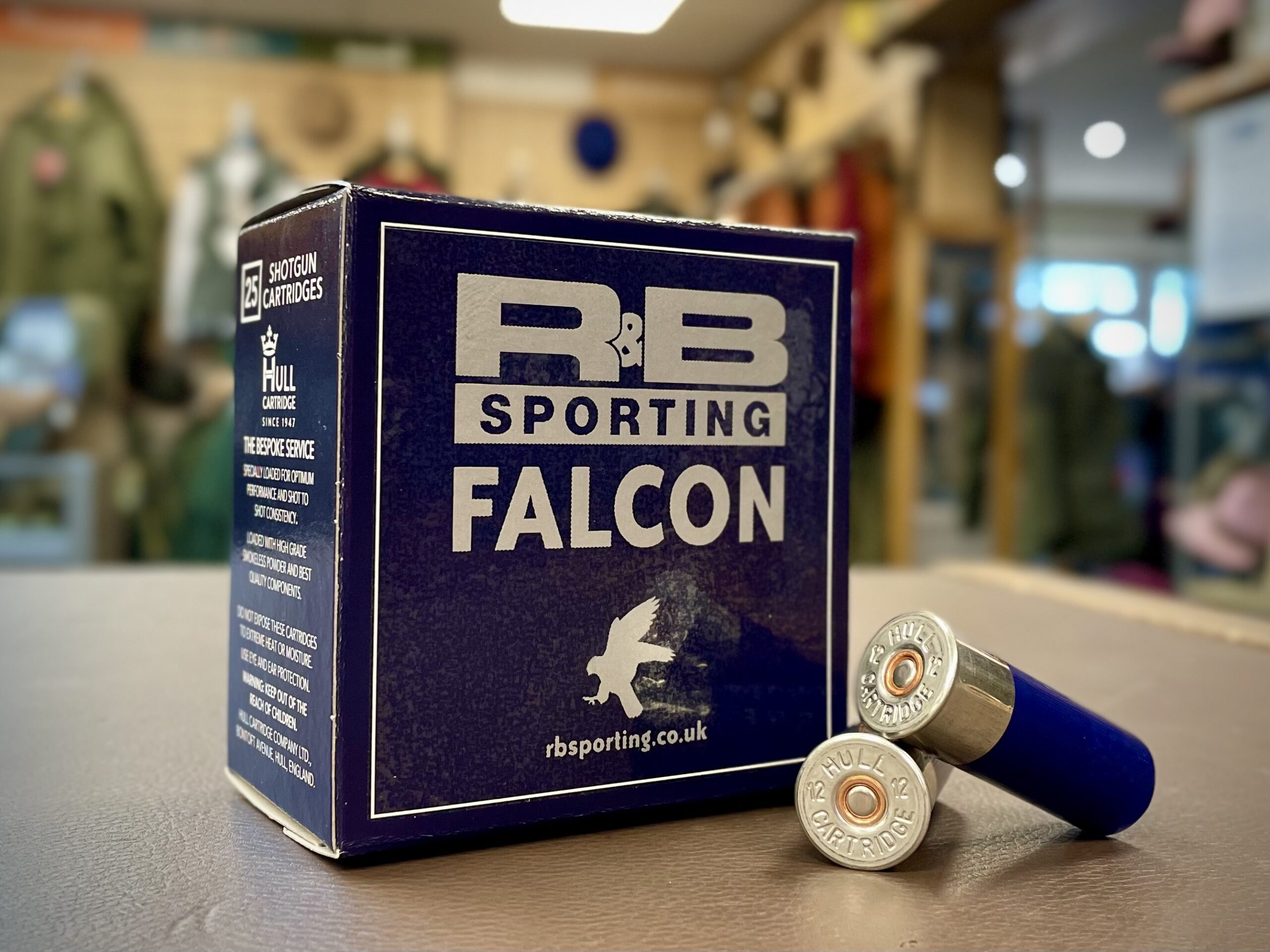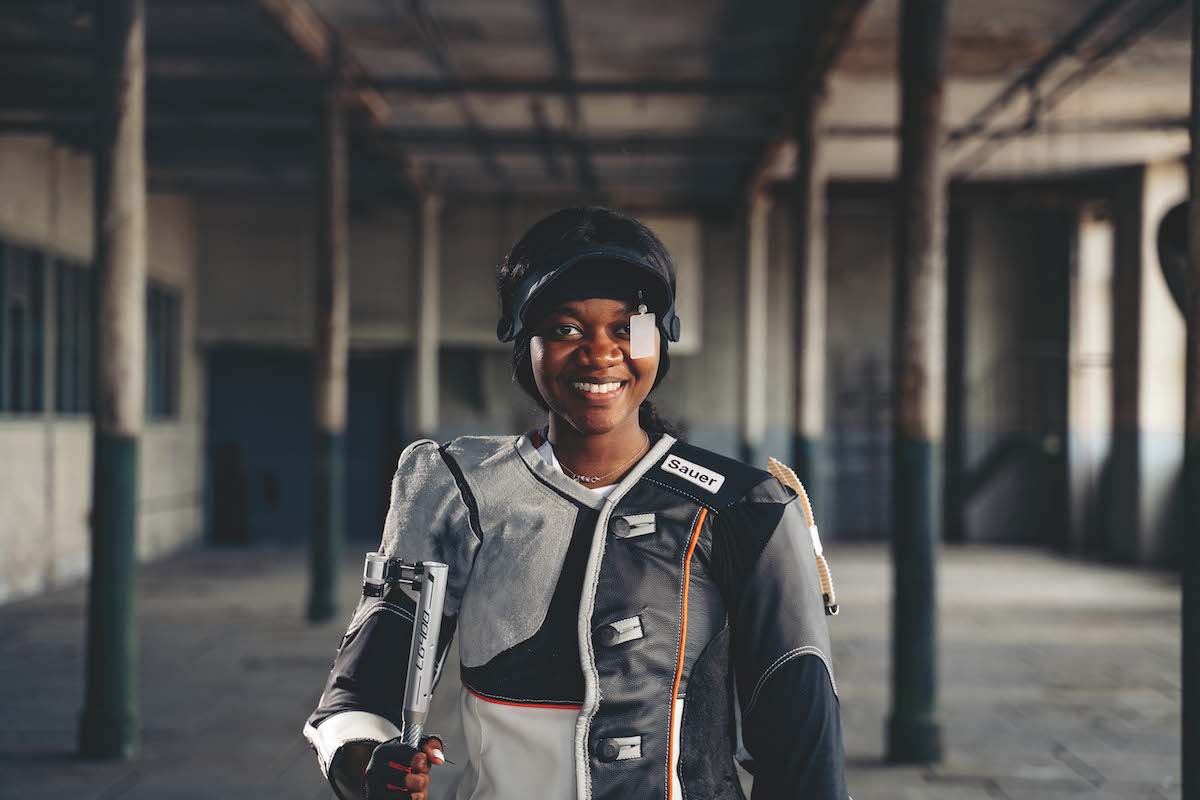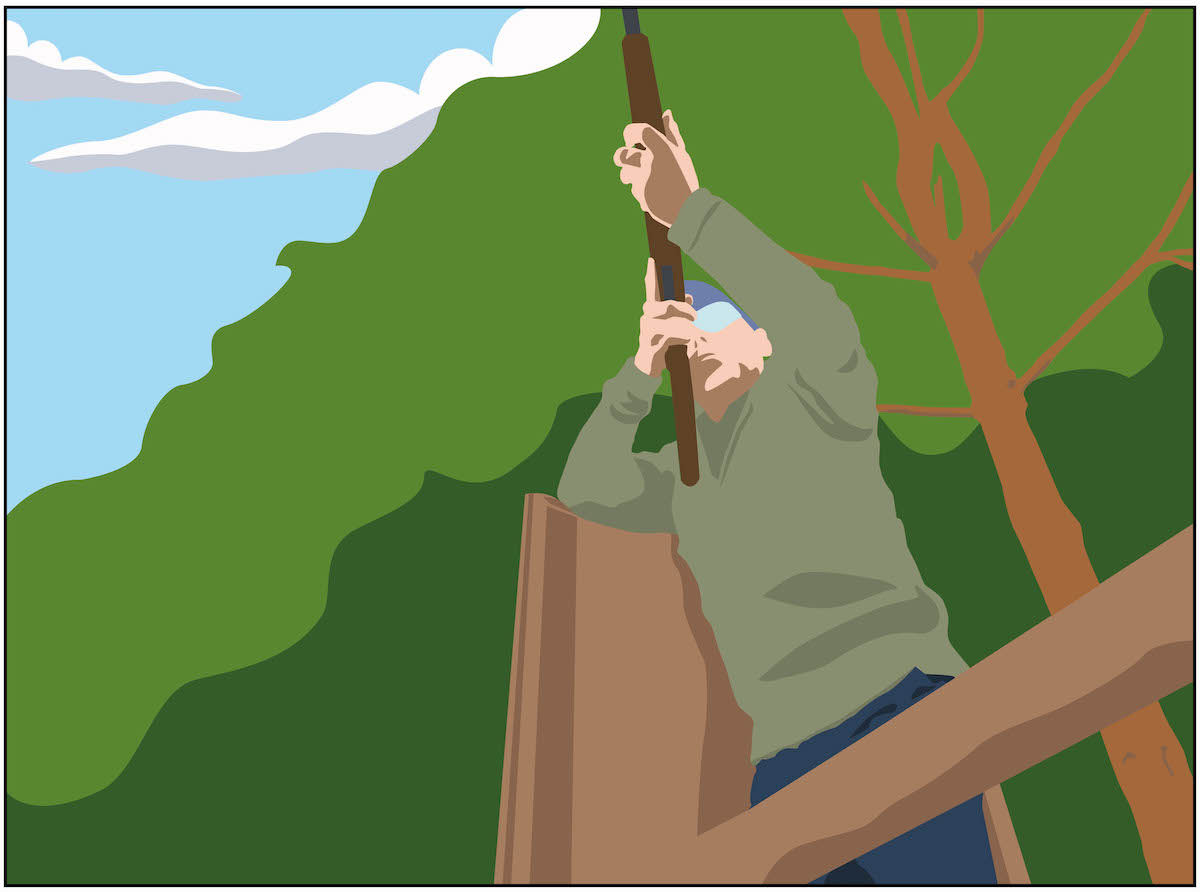Starting shooting: What’s a lock, stock and barrel?
How to get to know your way around a lock, stock and barrel ...

“Lock, stock and barrel” is an expression taken from gun making and the three parts have been essential elements of a gun from the first invention.
- A barrel is the hollowed out tube down which the ammunition is shot
- The stock is the wooden bit that rests against your shoulder
- The lock is the mechanism that fires the gun when the trigger is pulled
The sequence of events when a gun fires
To understand the sequence of events when your gun fires, it’s best to start by looking at a cartridge. Inside the tube, at the front, is the charge of shot. Behind that is a wad, which pushes the shot through the barrel and forms a gas seal. Behind that is the propellant charge – a chemical compound called nitro-cellulose. Like all propellants and explosives, nitro-cellulose generates its own oxygen as it burns, and can therefore burn in a vacuum.
Guide to shotgun jargon
With so many shotgun terms floating about, it can be hard to know what you’re talking about.
How a shotgun works
Lewis Potter looks at the inner workings of a shotgun to explain and illustrate how a shotgun works
The primer
Behind the propellant charge is the primer. That’s the little copper-coloured disc you can see in the middle of the brass head. The primer is a little, soft metal cup containing a relatively unstable chemical compound which bursts into flames when hit.
Firing sequence
The actual firing sequence begins when you open your gun to load it. The opening of the gun forces internal hammers back against springs, and when you close the gun the hammers are held in the fully back position by catches known as sears. These sears are attached to the trigger mechanism.
When you pull the trigger, a hammer is released by its sear, and accelerates forward to hit the rear end of a firing pin which passes through the breech face of the gun and makes contact with the primer. The firing pin hits the primer hard enough to dent the metal, and this causes the unstable chemical inside to ignite. A jet of flame from the primer rushes forward to ignite the nitro-cellulose propellant, which burns rapidly to form a large volume of hot, expanding gas.
This high gas pressure forces the wad and the shot through the barrel, usually accelerating it to supersonic speed, and you hear the bang as the shot, wad and hot gas exit into the open air.










